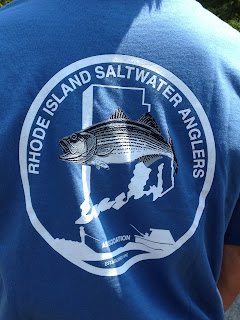Tides are controlled by the moon which I believe most of us know. Yet how many of you actually know how the moon controls the tides? Ok yes gravity is the answer but what about gravity? First of all, the Moon and the Earth are constantly moving through space. The Earth spins on its own axis and the ocean water is kept balanced on all sides of the planet through centrifugal force (which I learned about in Physics with Dr. Moss last year!). The Moon's gravitational forces are strong enough to disrupt this balance however by moving the water towards the Moon. This concept is known as 'bulge'. The Earth's rotation causes a bulge on the opposite side of the planet as well even though the moon is not on that side physically. That is why there are two high tides and two low tides approximately each day. Where the bulging occurs the coast line experiences a high tide, and the others are subject to a low tide. However, the Moon's movement around the Earth means that the effects of its forces are in motion as well, and as it encircles our planet, this bulge moves with it.
When fishing it is important to check the tides as well as the weather to ensure the best fishing. When fishing in a boat you want both the tide and the wind to be going in the same direction for maximum catching. Furthermore, it is just important to know which way you will be drifting if you are in the boat especially if you are fishing at night. You don't want to find yourself crashed into a rock in the middle of the night in the dark!! Furthermore, if the tide is coming in and you are fishing off of the breachway you know which way the fish will mostly be coming. In!! And vice versa if the tide is going out. Also, if the tide is running fast it can lend a lot of information on which lure or what size lure one should use. If it is really running a heavier lure will be needed to ensure the lure is down near where the fish are and not just at the top of the water. Below is a picture of the Quonochontaug Breachway from an above view. You cna easily see the different amount of sand in certain areas as well as different rock deposits which may be showing or not showing depending on the tides.

























